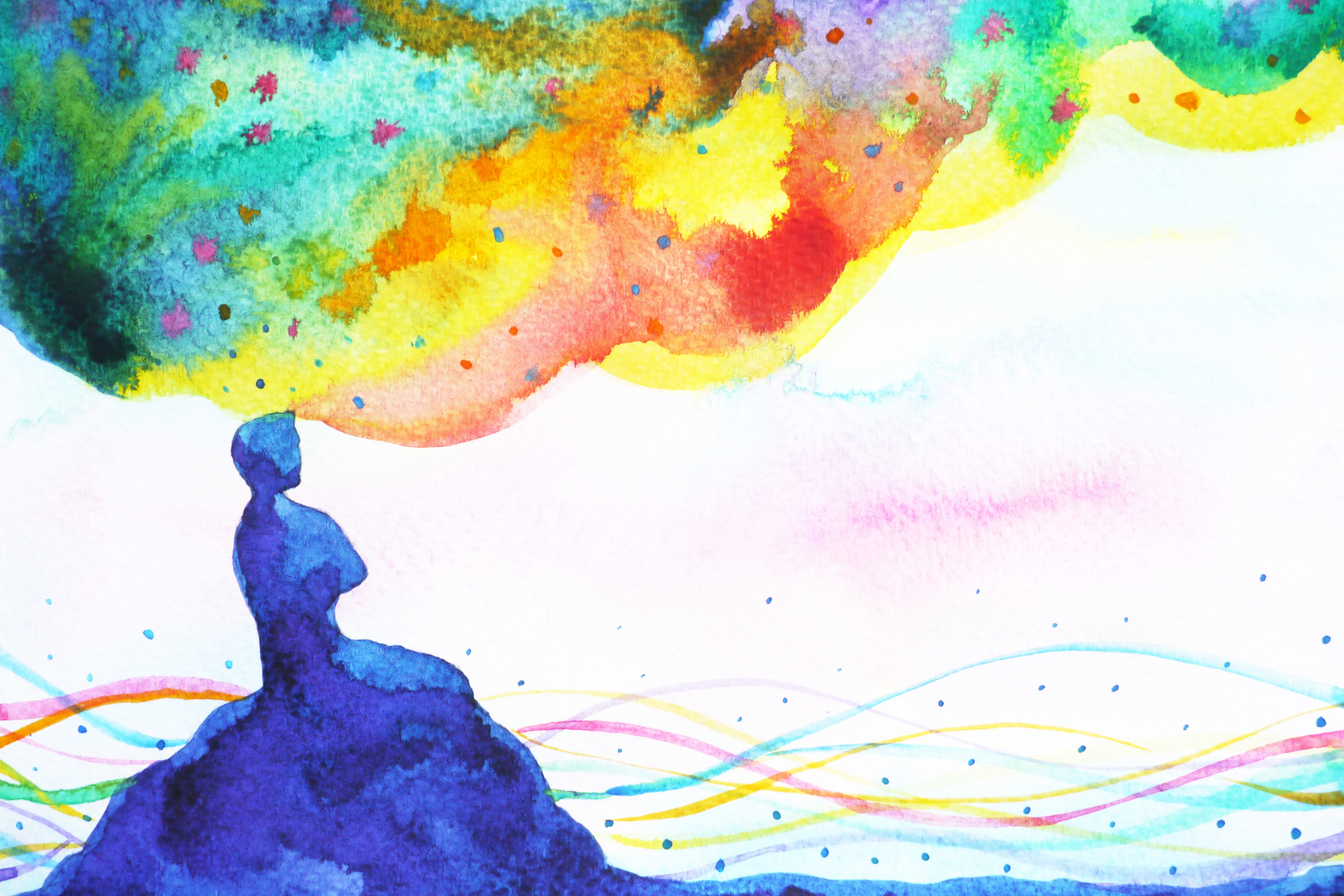by Marie Louise, Co-Founder of Evolve Yourself Institute
Nurses have offered themselves in service at the front line and shown the strength and courage of soldiers, only to find themselves no longer at war in 2018. Instead they are succumbing to a subtle line of fire of bullying within the workplace from fellow colleagues, patients or management.
According to A Safe Work Australia (2013), report levels of bullying in Australian workplaces are substantially higher than anywhere else in the world. Whether it’s the humiliation of being put down in front of others, excessive scrutiny, unjustified criticism, complaints, constantly changing deadlines, intimidation or the force of power, these subtle jabs are like dangerous swords.
The Australian Human Rights Commission has estimated that “workplace bullying costs Australian employers between $6–$36 billion dollars every year when hidden and lost opportunity costs are considered.” These issues are most visible in terms of emotional exhaustion, psychological distress and depression resulting in lost productivity, increased absenteeism and poor staff morale.
Is there another way?
There is no question that when a bully walks into a room you feel it internally. There is a sense, a tension, an insight – a physical response within you. So, if a bully has the ability to modify your internal state, do you have the ability to modify theirs? With the development of epigenetics, we are able to see the power an environment has on oppressing or activating a gene. With that in mind, the bully is your environment and you are theirs. So, what in your internal environment is contributing to the state of the environment? Is the state you go into in the presence of a bully – the tension in your throat, fire in your belly or weight on your shoulders – serving your wellbeing? In that moment your body goes right into the battlefield of the fight or flight response, when a big hit of cortisol, a shot of adrenaline and the ability to run or hit something is available. But, when the punch won’t work and the run doesn’t make any sense, freezing becomes the reaction. This dis-ease now sits in your body contributing to the growing stress-related illness we see within the culture and system.
So what power do you have to change the old system?
Modify your internal state
You are the only one that has the power to change your state. No one else has that power. With a little awareness on your body, a little practice of tools that support your central nervous system and a little awareness of triggers that create dis-ease, you have the ability to respond to environmental dysfunction in a way that no longer causes dis-ease within your system. This is like a super power, a super power that could have huge impact on the culture itself.
How do you gain more of this super power? Evolve Yourself Institute’s focus is self-awareness. We believe in developing self-awareness, playing with practices that support self-regulation and empowering individuals to take steps and develop greater skill sets in effective communication.
5 frontline tactics to develop your super powers:
- Meditate: Meditation changes your brain. MRI scans show that after an eight-week course of mindfulness practice, the brain’s “fight or flight” center, the amygdala, appears to shrink (Taren et al. 2013). This region of the brain, associated with fear and emotion, is the very trigger for stress response. If the fear modulator isn’t as powerful, you then have the power to decide your response, state and traits.
- Breathe: Bringing a practice of diaphragmatic breath into your day to day practice trains your body to be calm more often. When you feel stressed a short shallow breath becomes your response and modifies your state. Research into the power of diaphragmatic breath (DB) has shown that this practice can improve sustained attention, affect, and cortisol levels (Ma et al. 2017).
- Nurture yourself: Give yourself the self-care and time to renew and regenerate. Fill up your cup with good food, self-loving and a bit of nature. When you feel good, your toxic environment does not seem to have the same stick.
- Hang out with people that hold you high: If you hang out with people that see your value, who hold you in high regard and are appreciative of all that you bring to the world, it’s a reminder of the goodness that does exist.
- Ask yourself often “Does this serve me?”: Does this thought serve me? Does this environment serve me? Does this conversation serve me? You choose what rabbit hole of dis-ease you get swallowed up in.
Today’s workspace might seem overly embedded in the fight or flight fear systems, but like Ronald J Sider said, “no one can do everything, but everyone can do something, and together we can change the world.”
Editor’s note: EYI facilitates an ACN accredited online program How fit is your brain? SOS for Nurses and a practical workshop for nurses. EYI education delivers practical tools and strategies to develop self-awareness, emotional intelligence and manage stress and anxiety. Visit the EYI website for more information.
References
Australian Human Rights Commission, Workplace Bullying. Fact Sheet: Workplace Bullying. Available at: https://www.humanrights.gov.au/sites/default/files/content/info_for_employers/pdf/7_workplace_bullying.pdf.
Ekici, D. & Beder, A., 2014. The Effects of Workplace Bullying on Physicians and Nurses. Australian Journal of Advanced Nursing, 31(4). Available at: http://www.ajan.com.au/Vol31/Issue4/3Ekici.pdf.
Ma, X. et al., 2017. The Effect of Diaphragmatic Breathing on Attention, Negative Affect and Stress in Healthy Adults. Frontiers in Psychology, 8(874). Available at: https://www.ncbi.nlm.nih.gov/pmc/articles/PMC5455070/.
Occupational Health News, 2013. Australia ‘Has Worst Bullying Rates’. Workplace Insight. Available at: http://sites.thomsonreuters.com.au/workplace/category/harassment-discrimination/page/2/.
Taren, A., Creswell, J. & Gianaros, P., 2013. Dispositional Mindfulness Co-Varies with Smaller Amygdala and Caudate Volumes in Community Adults. PLoS ONE, 8(5). Available at: http://journals.plos.org/plosone/article?id=10.1371/journal.pone.0064574.





